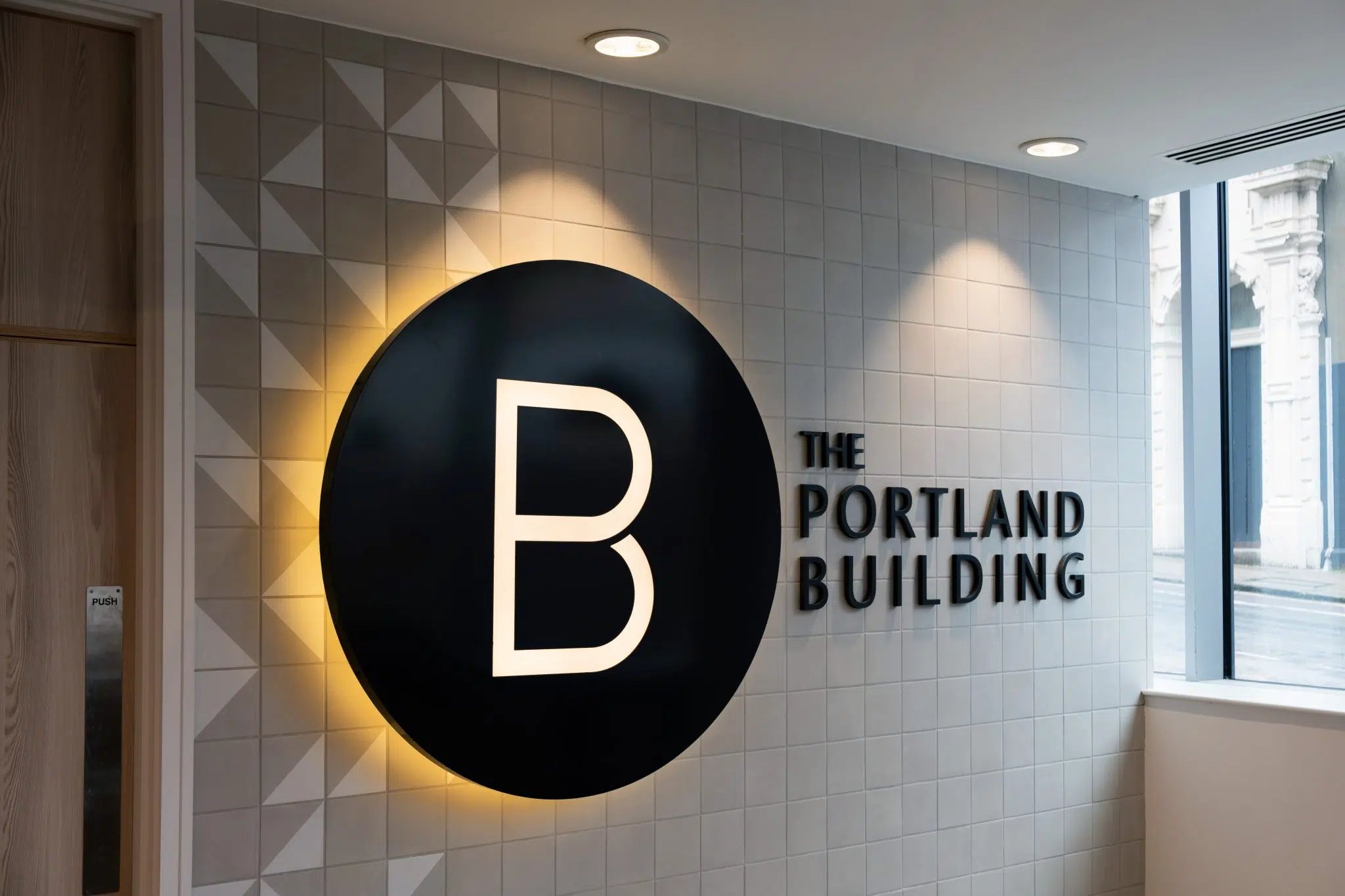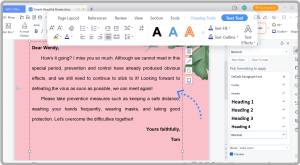Office signs have long played a crucial role in workplace communication, wayfinding, and brand identity. Traditionally viewed as simple nameplates or directional aids, office signs are now undergoing a significant transformation driven by technology. In the modern workspace, especially with the rise of hybrid working and digital-first office strategies, office signs have evolved into smart, multifunctional assets. From dynamic digital displays to interactive room booking systems, technology is reshaping how office signs serve businesses, employees, and visitors.
As office environments become more fluid and adaptable, static signs are often no longer sufficient. The demand for versatility and real-time information has ushered in a new generation of office signs that integrate with workplace management systems, communicate wirelessly, and even respond to user interactions. This shift reflects a broader trend across industries: the convergence of physical and digital spaces. The office is no longer just a location; it is an ecosystem where information flows dynamically, and office signs are becoming vital conduits of that information.
One of the most significant innovations in this space is the adoption of digital office signs. These are often powered by e-ink or LED displays and connected to internal networks, allowing administrators to update room names, schedules, and notifications in real time. For example, outside meeting rooms, a digital office sign can show the room’s availability, upcoming bookings, or allow staff to reserve it on the spot using a mobile app or embedded touchscreen. These signs help reduce scheduling conflicts, improve space utilisation, and support a more agile working environment.
Digital office signs can also be integrated with popular workplace platforms, enabling seamless communication between calendar software, visitor management systems, and building directories. When a visitor arrives, office signs in reception areas can display personalised greetings or directions to meeting points. This not only enhances the guest experience but also reflects a company’s commitment to innovation and professionalism. Such tech-enabled signage also boosts operational efficiency by reducing the need for manual updates or printed notices, which are often out-of-date shortly after being posted.
Beyond meeting rooms and reception areas, office signs also play an important role in health and safety compliance. In the post-pandemic workplace, ensuring clear communication around hygiene protocols, social distancing, and emergency procedures is critical. Dynamic office signs offer a practical solution, as they can be updated instantly to reflect changing guidance or real-time alerts. Whether displaying a fire evacuation route or occupancy limits, smart signage helps companies maintain a safe and compliant environment without the rigidity of traditional signboards.
Technological advancements have also expanded the aesthetic and customisation potential of office signs. Digital signs can be tailored to match a company’s visual identity, displaying logos, colour schemes, and fonts consistent with its branding. Through programmable software, the content on office signs can rotate or respond to specific triggers, such as motion detection or time-based scheduling. This level of interactivity transforms office signs into more than just markers—they become part of a company’s internal storytelling and digital ambience.
Another area where technology is elevating the function of office signs is accessibility. For workplaces striving to meet inclusive design standards, office signs can now incorporate audio cues, touch navigation, and braille overlays. Advanced signage systems can integrate with mobile apps to provide navigation assistance for those with visual impairments or other disabilities. This evolution highlights how office signs are not just about information delivery but about creating a welcoming and accessible environment for all users.
Sustainability is also playing a growing role in the adoption of tech-forward office signs. E-ink displays, for instance, consume minimal power, making them an eco-friendly alternative to printed signage. By replacing paper notices and avoiding regular replacements, digital signs contribute to long-term environmental goals while also reducing operational waste. Furthermore, remote management capabilities allow facilities teams to make updates across multiple office locations without the need for travel or physical intervention.
For companies operating across various geographies or with flexible office spaces, centralised management of office signs becomes invaluable. Cloud-based signage systems allow administrators to deploy content to signs located in different buildings or cities with just a few clicks. This means consistency in messaging, design, and compliance can be maintained effortlessly. In addition, usage data collected from smart office signs can inform workplace analytics, offering insights into space utilisation, visitor patterns, or employee preferences, thereby contributing to data-driven decision-making.
The integration of office signs with Internet of Things (IoT) infrastructure is yet another promising frontier. By connecting signs to other smart office elements—such as lighting systems, climate controls, or occupancy sensors—organisations can create a highly responsive environment. For instance, a meeting room sign could change its display colour based on current occupancy or adjust its content depending on who has checked in using an RFID badge. Such interactions promote efficiency, reduce confusion, and support intuitive workplace navigation.
As artificial intelligence continues to influence office technologies, the future of office signs may involve even greater levels of automation and predictive intelligence. Signs could anticipate scheduling needs based on historical patterns or offer wayfinding assistance via voice-activated commands. As machine learning becomes embedded in workplace ecosystems, office signs will likely evolve to provide contextual, real-time insights that adapt to each user’s needs. This personalised approach could dramatically improve the employee experience and support a more productive workday.
Even in creative or remote-first companies where traditional signage might seem unnecessary, digital office signs can serve unique roles. They can act as morale-boosting message boards, celebrating team wins, sharing announcements, or encouraging wellness tips. In shared workspaces or co-working hubs, digital office signs can help organise the use of desks, lockers, or collaboration zones. With NFC or QR code functionality, users can interact with signs via smartphones, reducing the need for physical touchpoints and offering mobile-first flexibility.
Importantly, the rise of advanced office signs is also shaping how organisations approach security and confidentiality. In offices that deal with sensitive information or high visitor traffic, digital signage can provide role-based access to information. For example, a visitor might only see general navigation on a display, while an employee with the correct credentials might unlock further directions or private room schedules. This layered approach helps protect corporate information while still supporting transparency and efficiency.
The implementation of these systems does come with technical considerations. Connectivity, compatibility with existing infrastructure, and data privacy are all crucial factors in choosing and deploying smart office signs. IT departments must ensure that signage networks are secure, firmware is updated regularly, and that the signage system aligns with corporate cybersecurity policies. When managed effectively, however, office signs can become an extension of the IT landscape, offering both functional and strategic advantages.
In conclusion, office signs have entered a new era of relevance and potential thanks to technological innovation. No longer limited to static displays of names and arrows, office signs now operate as dynamic, connected tools that reflect the needs of today’s smart workplaces. Whether enhancing visitor experiences, supporting hybrid working, ensuring compliance, or promoting accessibility, tech-enabled office signs are becoming central to the office of the future. For organisations looking to modernise their workspaces and improve operational fluidity, investing in intelligent office signs is no longer a luxury—it’s a strategic necessity.




